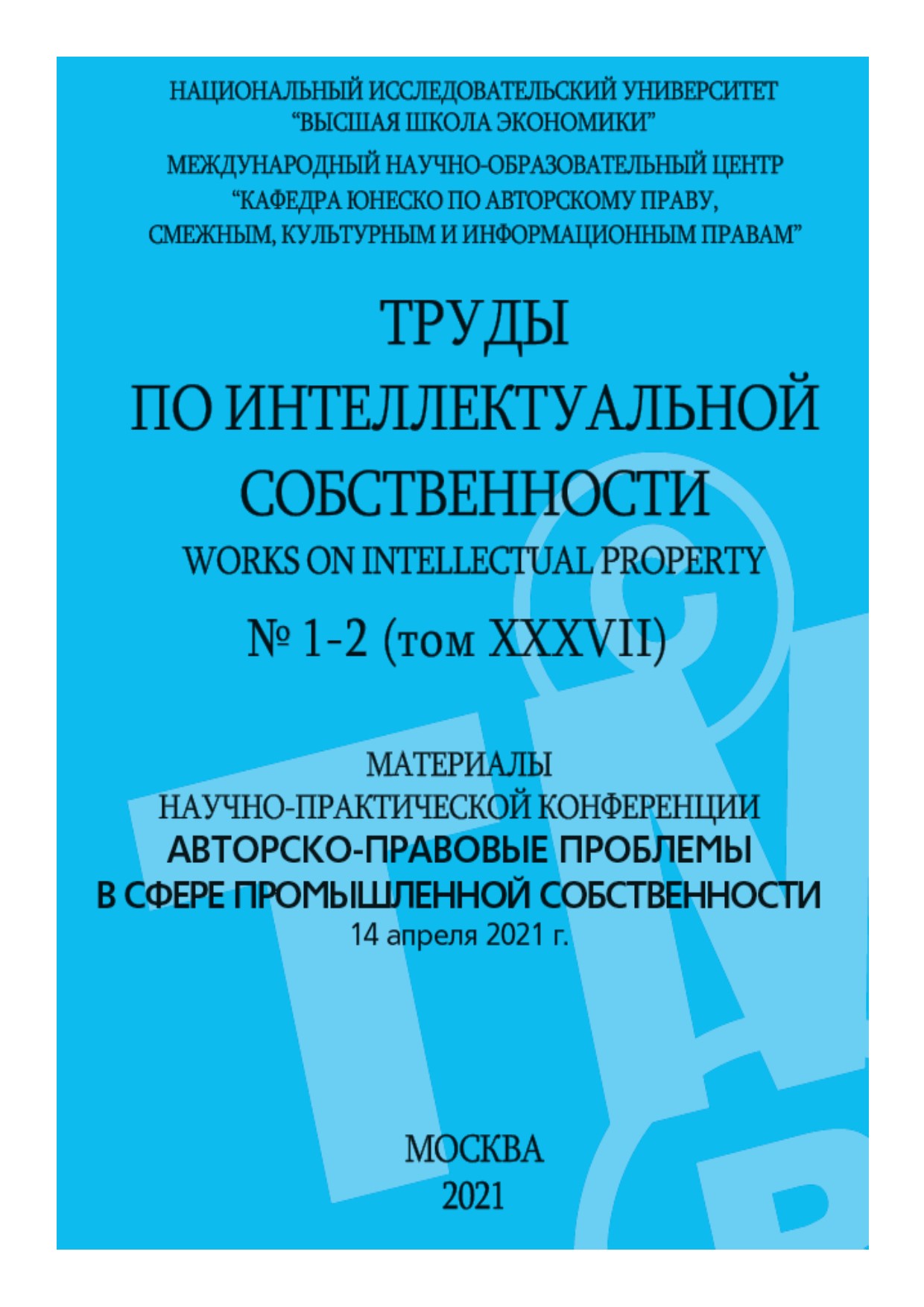FORMATION OF THE COMPETENCE OF THE CONSTITUENT UNITS OF THE RUSSIAN FEDERATION IN THE FIELD OF INFORMATION, ADMINISTRATIVE AND OTHER BRANCHES OF LAW BEFORE THE ADOPTION OF THE CONSTITUTION OF THE RUSSIAN FEDERATION OF 1993
Abstract
The period from the moment of the formation of the Soviet state to the adoption of the Constitution of the Russian Federation in 1993 is conditionally transitional: the federation had already been proclaimed, but the real powers of the constituent units were acquired and finally formed only seventy years later. The scope of these powers changed during the existence of the Russian Federation, but the basis for the formation of the competence of the regions was laid precisely in the previous stages of the development of federalism. The final result that we now have is determined by the legal axioms that were created in Soviet times and during the preparation of the 1993 Constitution of the Russian Federation. After the collapse of the USSR, the Russian Federation had features of asymmetry taking into account the rise of nationalism, and sometimes separatism in some republics. Asymmetry was ex- pressed in the indication of a wider scope of powers of the republics in the main constitutional and legal acts of that time - the Federal Treaty and the Constitution of 1978. Sub- sequently, however, there was a shift towards symmetry and centralization, the republics were equated with other constituent units and many constitutional and legal guarantees of the competence of the constituent units of the Russian Federation were excluded.


